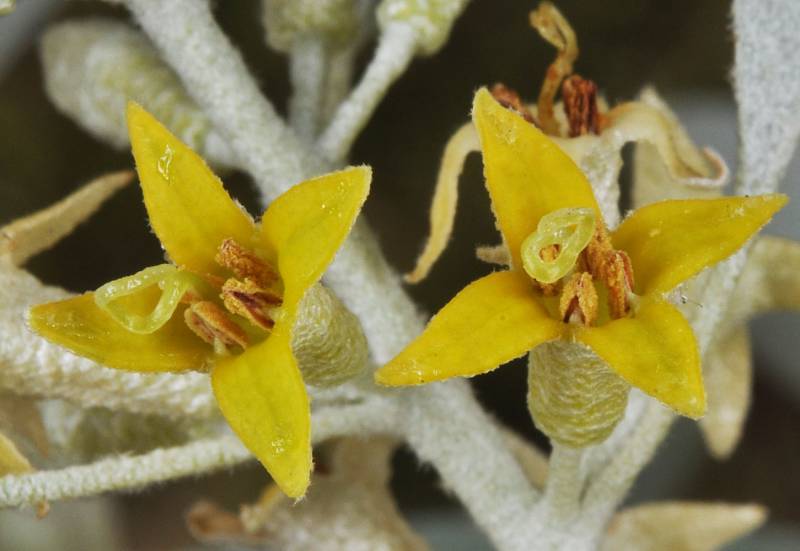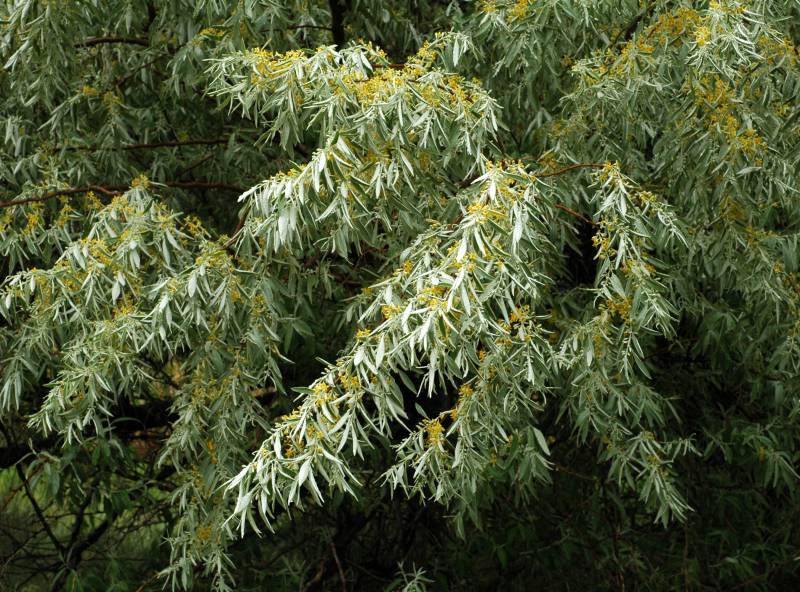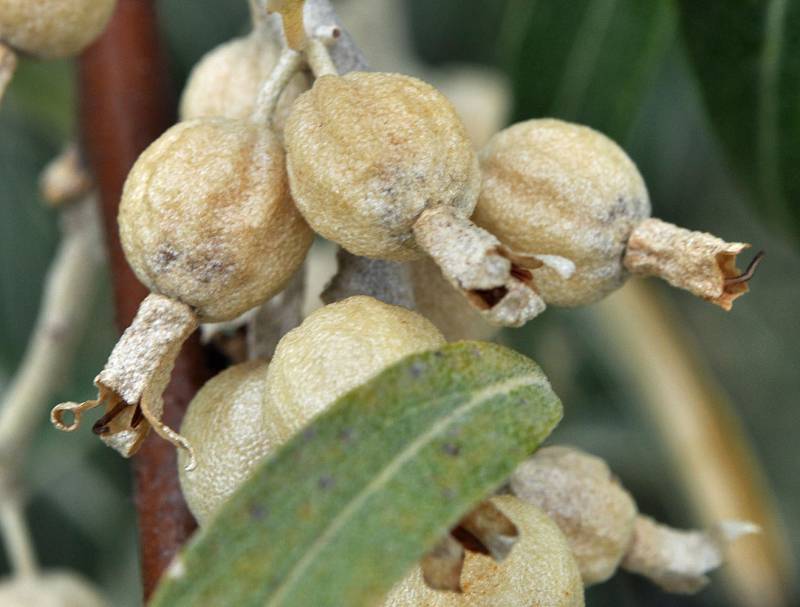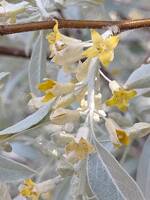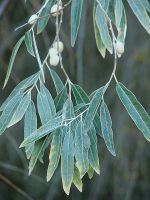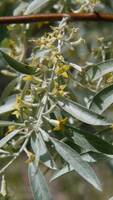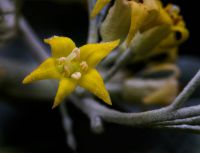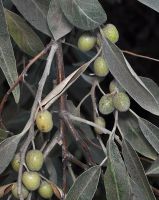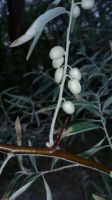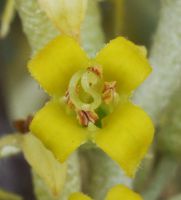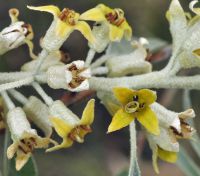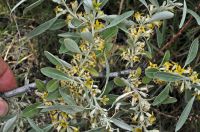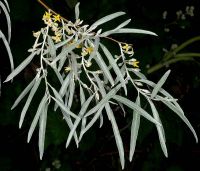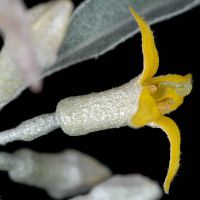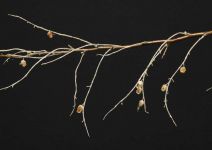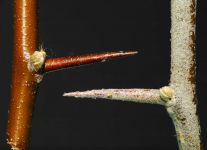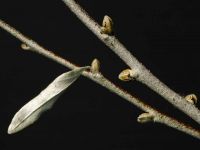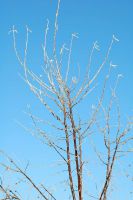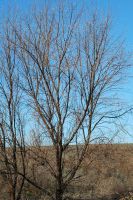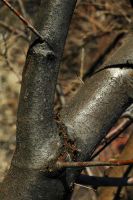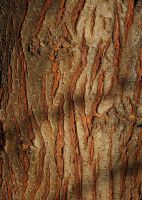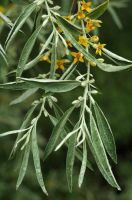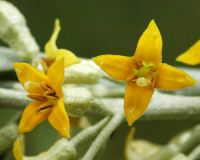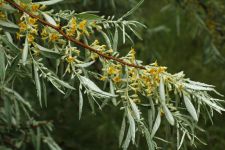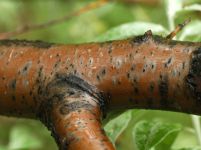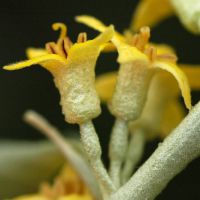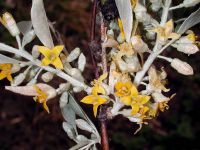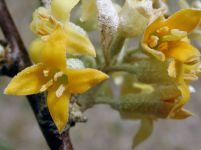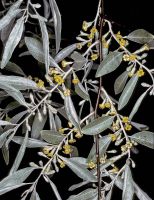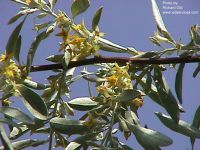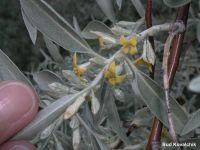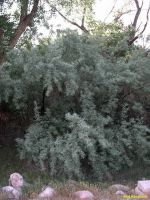Distribution: Occurring east of the Cascades crest in Washington; British Columbia to California, east across North America to the Atlantic Coast.
Habitat: Weedy escape, especially in riparian areas; often planted historically as a windbreak.
Flowers: May-July
Origin: Introduced from Eurasia
Growth Duration: Perennial
Conservation Status: Not of concern
Spreading tree 3-8 m. tall, the branches and trunk armed with 2-6 cm. thorns; young bark shiny brown, old bark gray.
Leaves alternate, linear, 3-7 cm. long, covered with minute scales which give the foliage a silvery appearance.
Flowers 1 or more in the leaf axils, perfect, pale yellow; calyx tubular, 4-lobed; petals none; stamens 4, borne near the top of the calyx tube; pistil 1-carpellary, the style short.
Fruit drupe-like, olive-shaped, gray, drying brown.
Publication: Sp. Pl. 1: 121. 1753.
PNW Herbaria: Specimen records of Elaeagnus angustifolia in the Consortium of Pacific Northwest Herbaria database.
WA Flora Checklist: Elaeagnus angustifolia checklist entry.
OregonFlora: Elaeagnus angustifolia information.
E-Flora BC: Elaeagnus angustifolia atlas page.
CalPhotos: Elaeagnus angustifolia photos.
USDA Plants: Elaeagnus angustifolia information.

